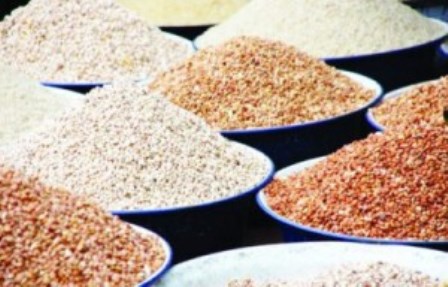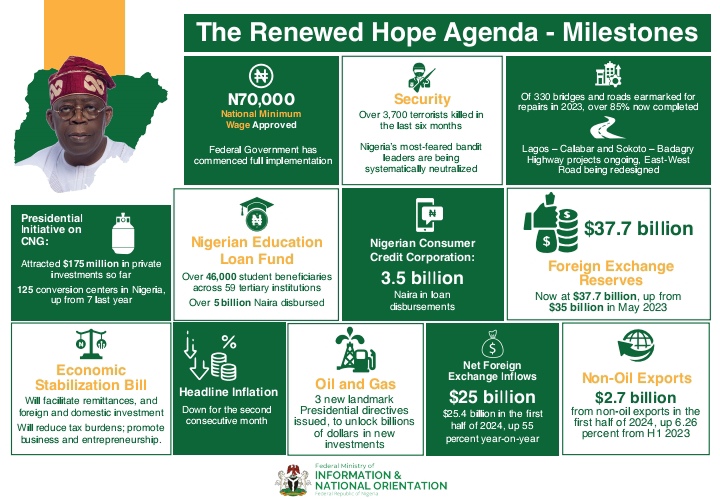A report by Cadre Harmonise, CH, has alerted that about 26.5 million people in 26 states of Nigeria will face food crisis between June and August 2024.
The research result is contained in the November Analysis Result Presentation organised by the Kwara Ministry of Agriculture and Human Development in collaboration with CH and other partners.
The report stated that the anticipated people include Internally Displaced Persons in Zamfara, Sokoto and Borno states.
Speaking at the meeting, Mr Isiaq Oloruko-oba, the Parmenent Secretary of the Ministry, noted that such reports painted a gloomy picture of the food and nutrition security facing the country.
He stated that it was critical for decision makers to plan ahead of such danger looming and proffer lasting solutions.
According to him, the meeting afforded all critical stakeholders to deliberate on the way forward.
He reiterated the resolve of the state government to ensure relevant stakeholders, especially farmers, were empowered and receive the necessary aid to ensure food security in the state.
Also speaking, Mr Olusoji Oyawoye, the state CH Coordinator, said Kwara had an estimated population of about 3.73 million based on the 2001 population projections.
He observed that agriculture offered the source of livelihood to majority of the population through subsistence traditional farming.
“Major crops are rice, cassava, yam, soya beans, maize, beni seed, guinea corn, groundnut and cowpea, tree crops including cashew nuts and palm oil.
“There are also some exploitation of hard wood timber and various forest resources such shea nuts and locust bean,” he said.
Oyawoye stated that the increase in inflation resulted from a combination of supply side factors including disruption of agricultural activities caused by higher costs of farm inputs and insecurity.
Others, he said, were exchange rate devaluation, increase in electricity tariffs and fuel increase with resultant increase in transportation costs.
According to him, the food inflation rate in September 2023 was 30.64 per cent on a year-on-year basis, which was 7.30 per cent points higher compared to the rate recorded in September 2022 (23.34 per cent).
The resource person added that high fuel prices, high food prices, high cost of farm inputs and inflation of other consumer commodities had been the key drivers of Food and Nutrition insecurity in Kwara.
“The increase in fuel prices and in the exchange rate were the major shocks which affected livelihoods, economic, transportation, agricultural activities and every other sector of the economy,” he said.
Oyawoye pointed out that though Kwara had abundant food in the state, it was worrisome that the foods were being exported outside to the detriment of the state.
He emphasised that agricultural produce especially food crops that were cultivated in the state should remain in Kwara to ensure food security.
“Farmers should be encouraged to focus more on food crops instead of depending largely on cash crops. We also need to ensure that large yields of foods are processed,” he said.
Oyawoye appealed to the state government to encourage all-year-round farming, adding that such must be engrained in the system.
In his presentation, Dr Habeeb Lawal, the state Coordinator of Accelerating Nutrition Results in Nigeria, ARIN, project submitted that nutrition was linked to food security.
He called for consistent action to ensure food security in the country, adding that the vulnerable including children, elderly, pregnant and maternal mothers were at great risks.
He warned that the country was still grappling with the problem of stunted growth among children.
Stakeholders at the meeting recommended dry season farming and irrigation should be encouraged all over the state in order to increase the availability of food crops throughout the seasons.
They also recommended that food crop markets should be encouraged in the state to ensure that people in the state had easier access to the crops from the different areas of cultivation.
Source: NAN













